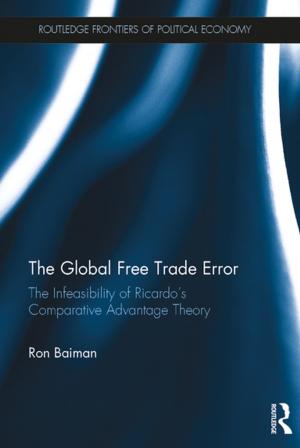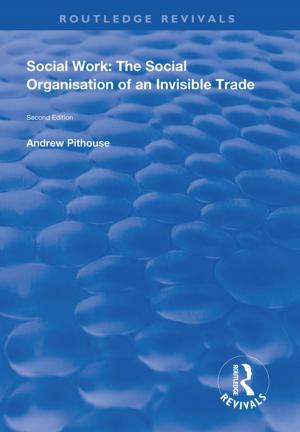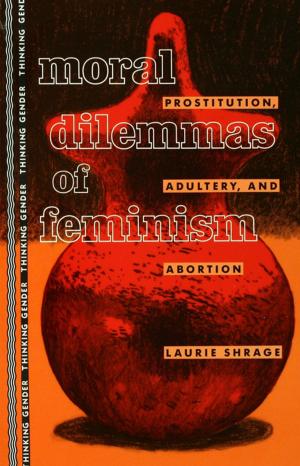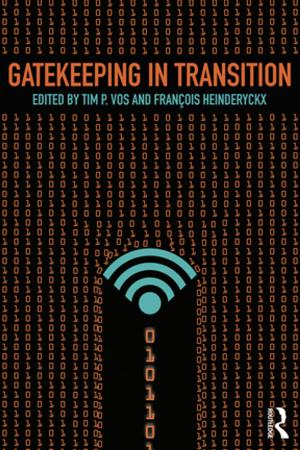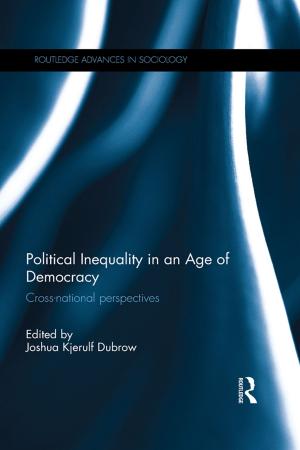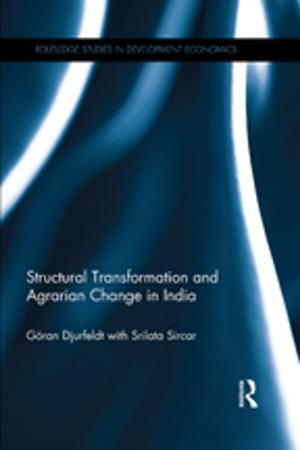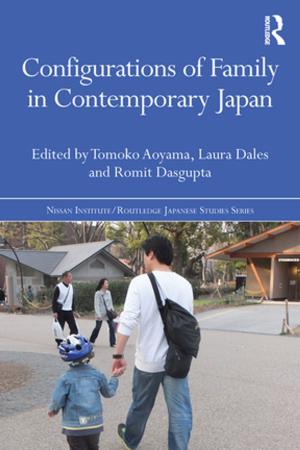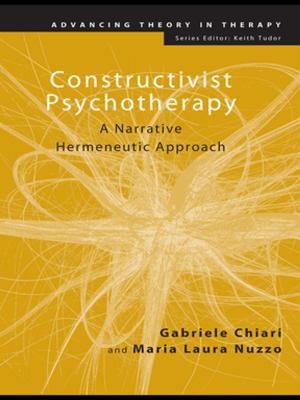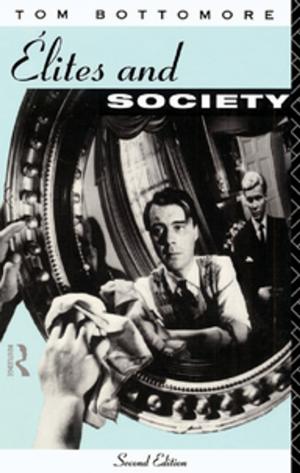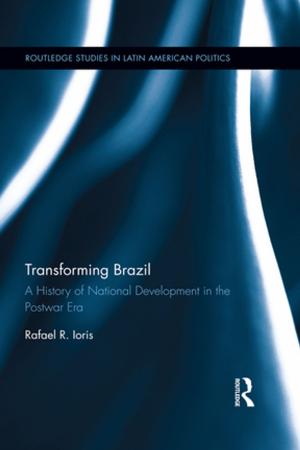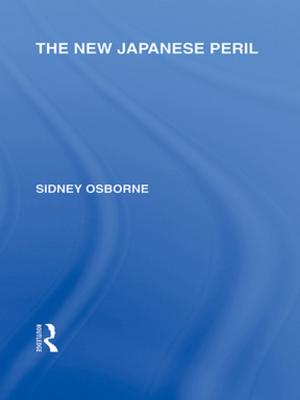Structure and Meaning in Medieval Arabic and Persian Lyric Poetry
Orient Pearls
Fiction & Literature, Literary Theory & Criticism, Asian, Middle Eastern, Poetry History & Criticism| Author: | Julie Meisami | ISBN: | 9781135790103 |
| Publisher: | Taylor and Francis | Publication: | September 2, 2003 |
| Imprint: | Routledge | Language: | English |
| Author: | Julie Meisami |
| ISBN: | 9781135790103 |
| Publisher: | Taylor and Francis |
| Publication: | September 2, 2003 |
| Imprint: | Routledge |
| Language: | English |
This is the first comprehensive and comparative study of compositional and stylistic techniques in medieval Arabic and Persian lyric poetry. Ranging over some seven countries, it deals with works by over thirty poets in the Islamic world from Spain to present-day Afghanistan, and examines how this rich poetic traditions exhibits both continuity and development in the use of a wide variety of compositional strategies. Discussing such topics as principles of structural organisation, the use of rhetorical figures, metaphor and images, and providing detailed analyses of a large number of poetic texts, it shows how structural and semantic features interacted to bring coherence and meaning to the individual poem. It also examines works by the indigenous critics of poetry in both Arabic and Persian, and demonstrates the critics' awareness of, and interest in, the techniques which poets employed to construct poems which were both eloquent and meaningful. Comparisons are also made with classical and medieval poetics in the west. The book will be of interest not merely to specialists in the relevant fields, but also to all those interested in pre-modern poetry and poetics.
This is the first comprehensive and comparative study of compositional and stylistic techniques in medieval Arabic and Persian lyric poetry. Ranging over some seven countries, it deals with works by over thirty poets in the Islamic world from Spain to present-day Afghanistan, and examines how this rich poetic traditions exhibits both continuity and development in the use of a wide variety of compositional strategies. Discussing such topics as principles of structural organisation, the use of rhetorical figures, metaphor and images, and providing detailed analyses of a large number of poetic texts, it shows how structural and semantic features interacted to bring coherence and meaning to the individual poem. It also examines works by the indigenous critics of poetry in both Arabic and Persian, and demonstrates the critics' awareness of, and interest in, the techniques which poets employed to construct poems which were both eloquent and meaningful. Comparisons are also made with classical and medieval poetics in the west. The book will be of interest not merely to specialists in the relevant fields, but also to all those interested in pre-modern poetry and poetics.


